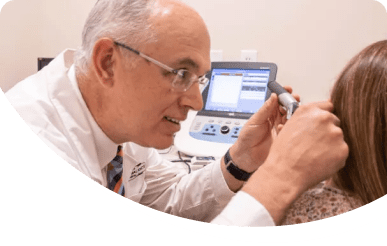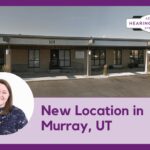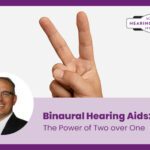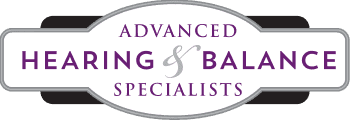Do you suffer from dizziness, vertigo, or balance issues? You don’t have to learn to live with it.
As a Center of Specialty Care certified by the American Institute of Balance (AIB), we provide the most advanced evaluation and treatment for dizziness and balance problems for physicians and their patients in Utah and Southern Nevada.
Importance of Vestibular Testing
Studies indicate vestibular testing is extensive and accurate in identifying inner ear disorders. Vestibular testing is also helpful in determining whether additional diagnostic testing, such as an MRI, is needed. A battery of tests is administered in most cases.
Vestibular testing is essential in diagnosing and treating various disorders related to the inner ear’s balance system, also known as the vestibular system. These tests help healthcare providers assess the function of the vestibular organs and identify any abnormalities or dysfunctions that may be causing symptoms such as dizziness, vertigo, imbalance, and nausea.
By pinpointing the underlying cause of these symptoms through vestibular testing, healthcare providers can develop tailored treatment plans to alleviate discomfort and improve quality of life. Additionally, vestibular testing plays a crucial role in identifying vestibular disorders early, which can prevent complications such as falls and injuries. Vestibular testing is essential for accurate diagnosis, effective treatment, and restoring balance and well-being.
Diagnostic Tests for the Vestibular System
The vestibular system is complex and responsible for many bodily functions. To narrow down the exact cause of dizziness, it is necessary to administer various tests. These measure eye movements, head movements, hearing, and more.
Studies indicate vestibular testing is extensive and accurate in identifying inner ear disorders. Vestibular testing is also helpful in determining whether additional diagnostic testing, such as an MRI, is needed. A battery of tests is administered in most cases. The most common ones include:
Electronystagmography (ENG)
This series of tests measures eye movements via electrodes placed around the eyes. ENG tests usually consist of four parts: evaluation of rapid eye movements, tracking tests to measure eye movements as they follow a visual target, positional test for measuring dizziness in response to different head positions, and a caloric test that measures responses to warm and cold water or air circulating through a tube in the ear canal. Most people reporting dizziness or vertigo will be given ENG tests initially.
Videonystagmography (VNG)
VNG is similar to ENG testing, but an infrared video camera attached to a pair of goggles is used instead of electrodes. The same four-part testing process is utilized.
Rotary Chair Tests
The rotary chair test measures eye movements in response to corresponding head movements and determines whether symptoms are related to an inner ear disorder or a brain disorder. Like the ENG and VNG tests, electrodes or a goggle-mounted video camera records eye movements. You are seated in a computerized chair that moves. This test provides more detailed information about the function of the balance system than an ENG or VNG test.
Computerized Dynamic Posturography (CDP)
CDP tests measure how well the visual, vestibular, and sensory systems work together to maintain balance. With this test, you stand on a platform and follow a visual target while platform movements record the degree to which your body sways.
It includes an Adaptation Test in which the platform moves up and down and a Motor Control Test in which the platform moves forward and backward. These are used to measure reflexive responses to unexpected movement. CDP is frequently used for those undergoing vestibular rehabilitation.
Vestibular Evoked Myogenic Potential (VEMP)
VEMP testing determines whether the saccule (an inner ear organ) and vestibular nerves function correctly. Electrodes are attached to the neck, and sounds are transmitted through headphones. The electrical response of the sternocleidomastoid muscle in the neck is recorded.
Depending on the results, these tests may be combined with additional hearing or diagnostic tests.
Vestibular Testing | Advanced Hearing & Balance Specialists
These tests help identify underlying causes of symptoms like dizziness, vertigo, and imbalance, allowing for personalized treatment plans tailored to each individual’s needs. By undergoing vestibular testing, individuals can take proactive steps towards alleviating discomfort, improving balance, and enhancing overall well-being.
Relief is within reach, with Advanced Hearing & Balance Specialists clinics conveniently located across Utah and Nevada, including St. George, Cedar City, Murray, Hurricane, Beaver, Panguitch, Mesquite, and Overton.
Schedule your vestibular evaluation with the best audiologists in Utah and South Nevada!






